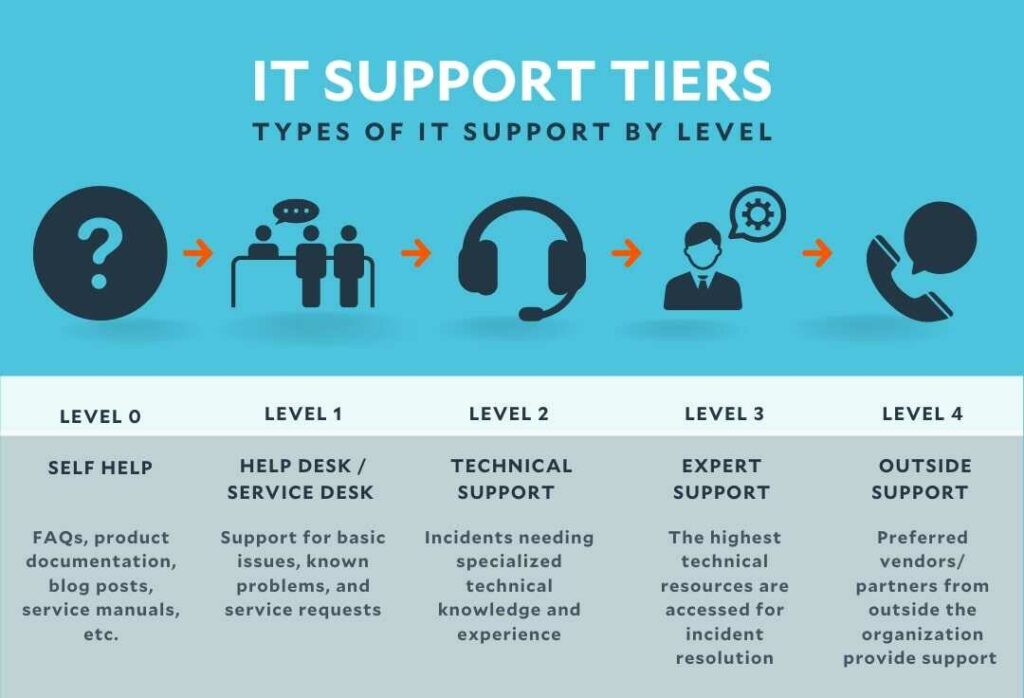In today's rapid digital environment, charitable organizations face specific obstacles that demand specialized IT solutions to enhance their influence. Comprehending and adopting effective IT services are crucial for these organizations, as they commonly work with constrained capabilities and staffing. The best information technology support can significantly boost operational productivity, simplify processes, and ultimately assist nonprofits fulfill these objectives more successfully.
As we explore into the world of IT services for charitable organizations, we'll examine a thorough guide to these fundamental tools and strategies. From security risks to cloud computing pros, we'll uncover how nonprofits can profit from managed IT services, ensuring they remain ahead of the tech curve while guarding their important information. By websites with the right information technology resources, nonprofits can not just survive and prosper in an progressively digital environment.
Understanding IT Solutions and Its Significance
IT solutions are a critical component for organizations of all sizes, such as charitable organizations. These solutions cover a variety of tech support, from upkeeping physical equipment and applications to offering cybersecurity measures and information handling solutions. For charitable organizations, utilizing efficient IT services can lead to significant improvements in operational efficiency, allowing them to focus more on their mission rather than being overwhelmed in IT problems.
The importance of IT assistance for nonprofits cannot be exaggerated. https://posteezy.com/value-information-technology-services-emergency-response operate with limited resources, which makes reliable technology support crucial. IT services help nonprofits reduce inactive time, improve efficiency, and ensure that their infrastructures are safe from online dangers. By implementing strong IT support, nonprofits can safeguard sensitive donor information and retain the confidence of their stakeholders.
Furthermore, as the tech landscape keeps to change persistingly, keeping up with tech trends becomes essential for charitable organizations to amplify their influence. Managed IT services offer a method to keep up with developments and ensure that entities are using the most effective tools available. This adaptability not only bolsters a nonprofit's existing operations but also establishes a strong foundation for future growth and resilience in an ever-changing environment.
Investigating Managed IT Services and Their Advantages
Supervised IT solutions provide businesses, including NGOs, with holistic IT aid adapted to their particular requirements. By delegating IT operations to specialized providers, entities can reap rewards from expertise that may not be available in-house. https://key-siegel.hubstack.net/integrating-it-services-and-digital-transformation-plans allows nonprofits to concentrate on their core mission while leveraging advanced technology without the burden of managing it themselves. The convenience of access skilled technicians ensures that charities can maintain productivity in their processes.
One of the key advantages of managed IT services is boosted cybersecurity. Nonprofits often handle sensitive data, making them targets for security breaches. Supervised services typically include robust cybersecurity measures such as constant monitoring, danger detection, and mitigation strategies. This proactive method reduces the likelihood of data breaches and helps ensure adherence with standards necessary for safeguarding donor information and institutional integrity.
Additionally, administered IT services can result in significant cost savings for nonprofits. By opting for these services, companies can cut the costs associated with hiring staff IT staff. Managed service providers offer adaptable solutions that can be modified as the company grows or as needs change, enabling better financial planning. Furthermore, with minimized downtime and enhanced IT functionality, charities can optimize their resources and increase overall output, allowing them to dedicate more time and funds toward their purpose-driven activities.
Cybersecurity and Information Protection Approaches
In the rapidly evolving digital landscape, NGOs must focus on cybersecurity and information protection approaches to guarantee the security of their sensitive information and preserve the confidence of donors. Adopting effective security protocols commences with detecting potential threats, such as phishing schemes and data compromises, which are more and more impacting organizations of all scales. Regular training for employees on spotting unusual behavior and phishing attempts is critical, as human faults remains one of the main reasons of security incidents. Additionally, NGOs should utilize dual verification and keep their software patched to safeguard against security weaknesses.
Data safeguarding approaches should also encompass regular backups and a clear disaster recovery plan. Using cloud technologies can enhance information security by providing systematic data storage and data archiving in secure, remote locations. Nonprofits must assess their data compliance needs, ensuring they follow laws like General Data Protection Regulation or health privacy regulations, depending on the type of the information they handle. This dedication to regulatory standards not only safeguards data but also enhances the entity's standing among patrons and partners.
In conclusion, charitable organizations should partner with IT support companies to enhance their IT security. These organizations deliver access to tools and knowledge, permitting organizations to concentrate on their goals while maintaining their information systems is protected and functional. Regular security evaluations, vulnerability assessments, and emergency planning are key components of a complete security approach. By taking these preventive steps, charitable organizations can strengthen the security of their information, boost their effectiveness, and ultimately amplify their impact on the populations they assist.

